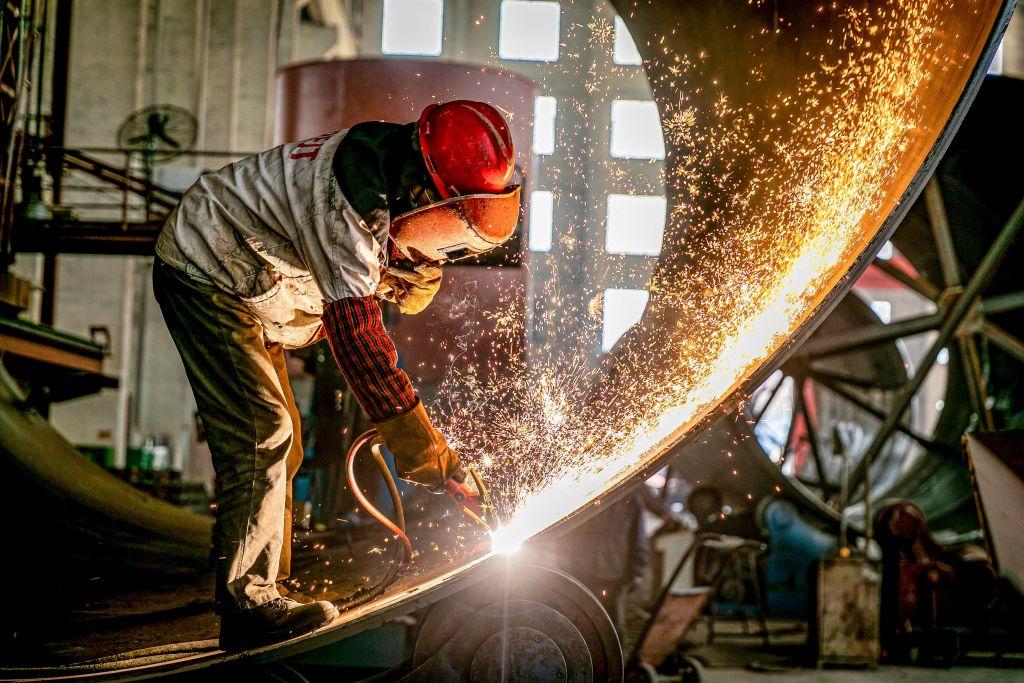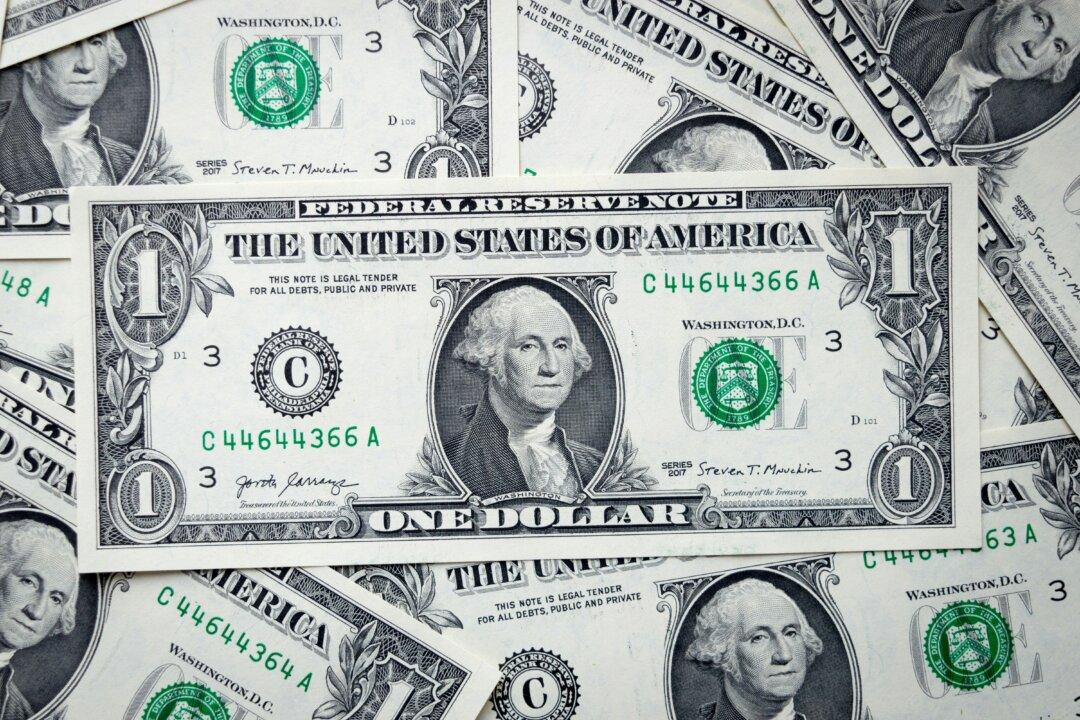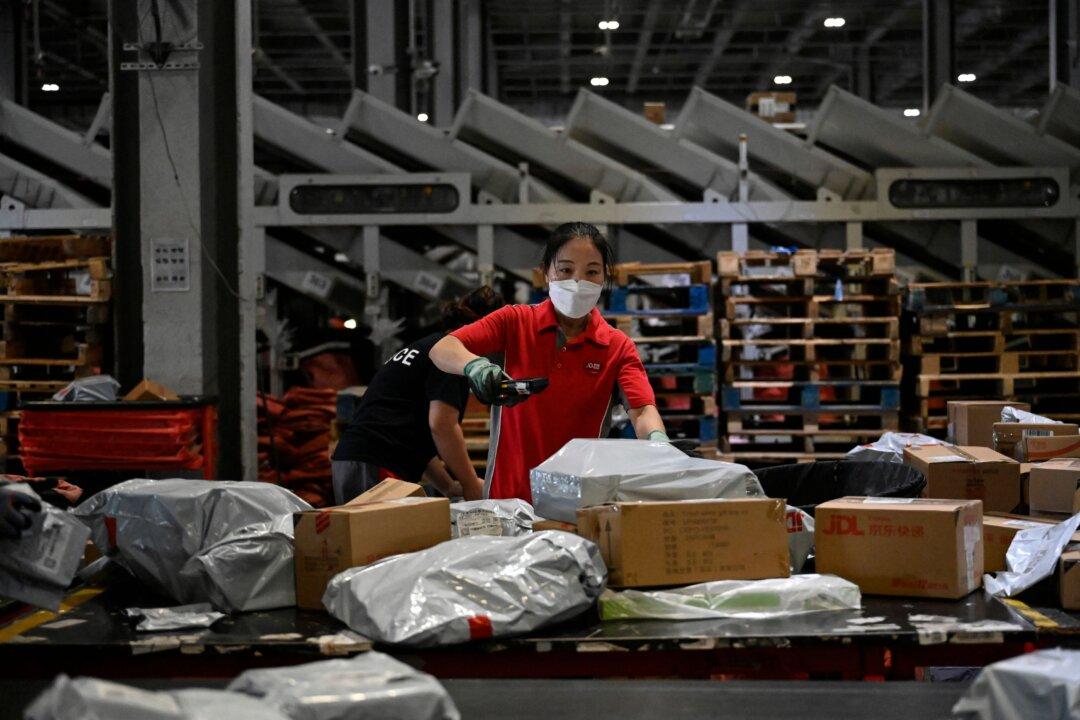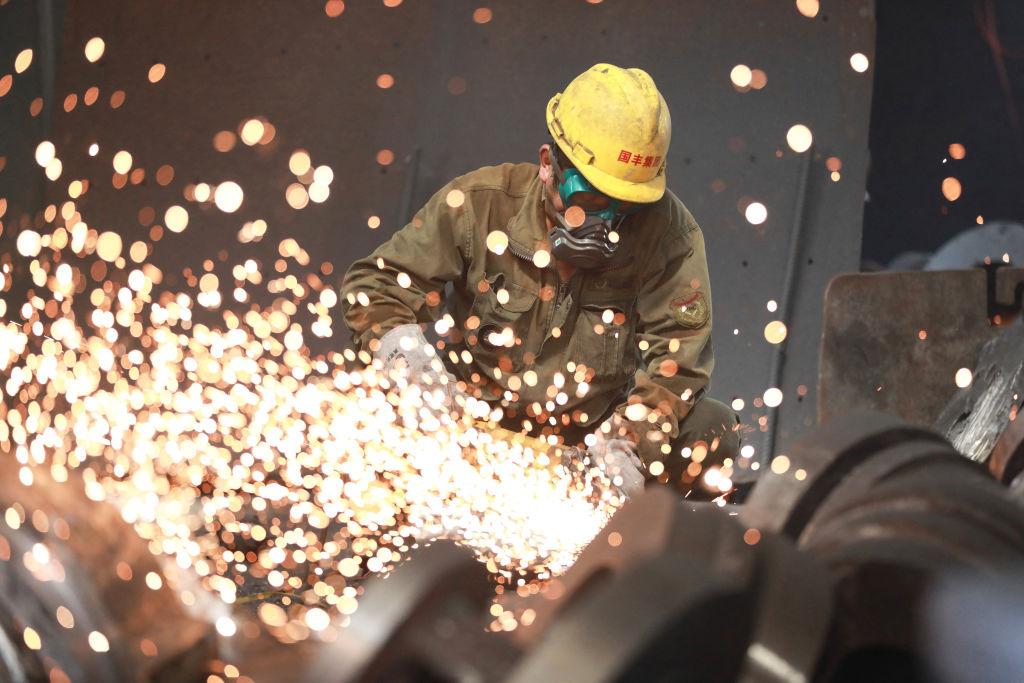With concerns growing among the U.S. administration and its allies about the effects of Chinese overcapacity on manufacturing and local businesses, U.S. policy groups are rallying as well for U.S. lawmakers to implement stronger trade barriers against Chinese imports.
In a hard-hitting report released on June 14, the Alliance for American Manufacturing (AAM) highlighted these concerns by warning that the surge of subsidized and cheap exports by China threatens U.S. jobs and urged immediate action to address the issue.





